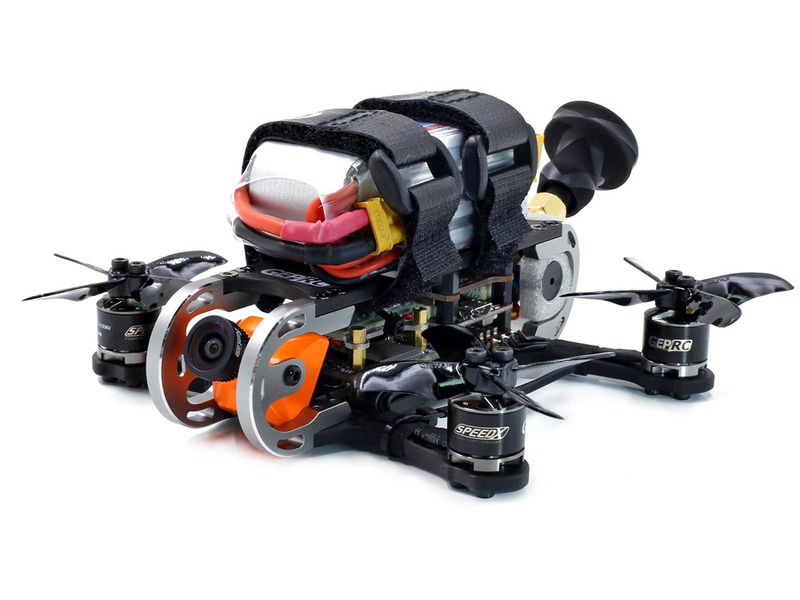How long does a FPV battery last?

The answer to the question of how long a FPV battery will last depends on a variety of factors. These factors include the type of battery, the capacity of the battery, the amount of current drawn by the components, and the discharge rate of the battery.
The type of battery used in a FPV system can vary greatly, with the most common types being lithium polymer (LiPo), nickel-metal hydride (NiMH), and alkaline. LiPo batteries are the most popular choice for FPV systems, as they offer the highest capacity and lowest weight. NiMH batteries are a more economical choice, but offer less capacity and a higher weight. Alkaline batteries are the least popular choice, as they offer the lowest capacity and highest weight.
The capacity of the battery is measured in milliamp-hours (mAh) and determines how long the battery will last. A battery with a higher mAh rating will hold more energy than one with a lower mAh rating, and will therefore last longer.
The amount of current drawn by the components of the FPV system will also affect the battery life. The more current is drawn, the faster the battery will drain and the shorter the battery life will be.
Finally, the discharge rate of the battery will also play a role in determining the battery life. The discharge rate is the rate at which the battery can be discharged without damaging it. A battery with a higher discharge rate will last longer than one with a lower discharge rate.
In general, a FPV battery should last anywhere from 15 minutes to a few hours, depending on the factors mentioned above. For example, a LiPo battery with a 5000 mAh rating and a 20C discharge rate could last up to 2 hours, while a NiMH battery with a 1000 mAh rating and a 10C discharge rate could last up to 15 minutes. It is important to remember that these are rough guidelines, as the actual battery life can vary greatly depending on the components of the FPV system and the way the battery is used.
Comments / Question
2. Inspect the battery for any signs of physical damage.
3. Only charge the battery with a compatible battery charger.
4. Always use the proper connectors when connecting the battery to the drone.
5. Avoid charging the battery unattended.
6. Ensure the charging environment is well ventilated, away from combustible materials.
7. Store the battery in a safe place away from heat and sunlight when it is not in use.
8. Inspect the battery periodically for signs of swelling or any other changes.
9. Dispose of the battery safely following the manufacturer’s instructions.
2. Discharge your battery to a safe level before storing.
3. Avoid deep discharging your battery.
4. Charge your battery with a good quality charger.
5. Avoid keeping your battery in a discharged state.
6. Keep your battery away from heat and direct sunlight.
7. Avoid overcharging your battery.
8. Balance charge your battery when possible.
2. Capacity: The capacity of the battery will affect its longevity, as higher capacity batteries will last longer and provide more power.
3. Usage: How often the battery is used and how it is used will affect its longevity. Batteries that are used more often and are discharged more deeply will have shorter lifespans.
4. Temperature: Extreme temperatures can reduce the lifespan of a battery, as batteries are more prone to damage when exposed to extreme temperatures.
5. Storage: How the battery is stored will affect its longevity, as storing the battery in a cool, dry place will help to extend its lifespan.

